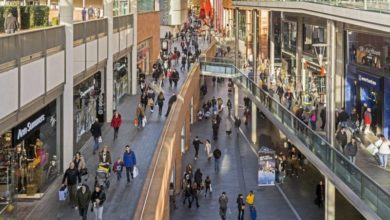The end of the high street as we know it?

A week doesn’t go by without another retailer hitting the headlines. M&S, Poundworld, Carphone Warehouse, Mothercare and House of Fraser have all recently announced store closures, rocking the already fragile high street.






